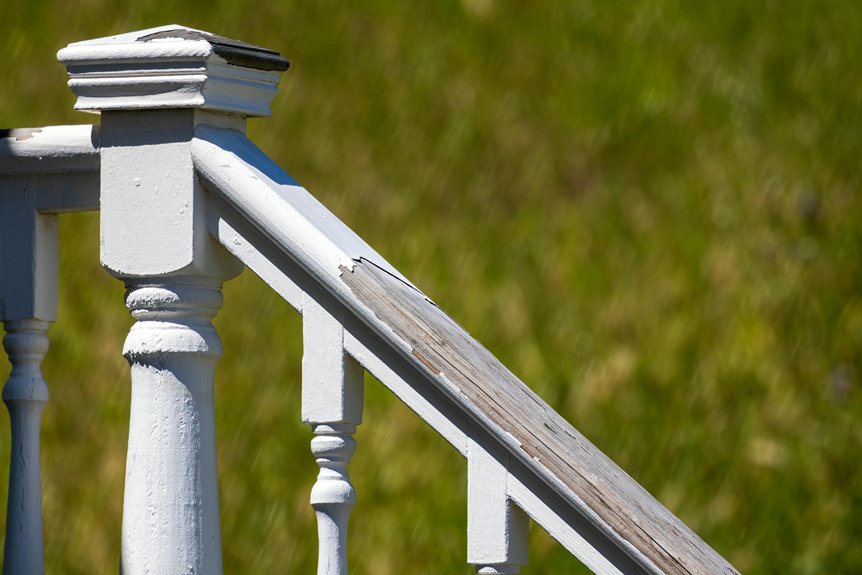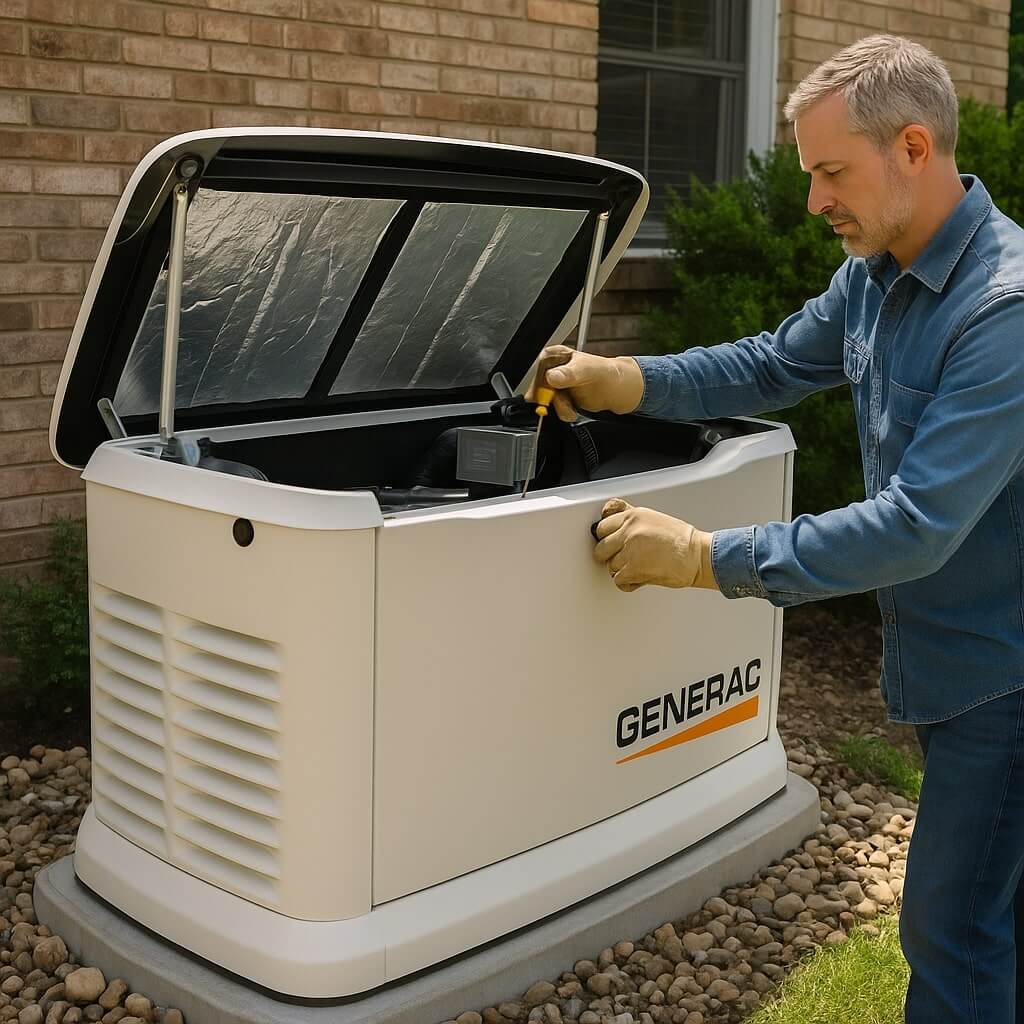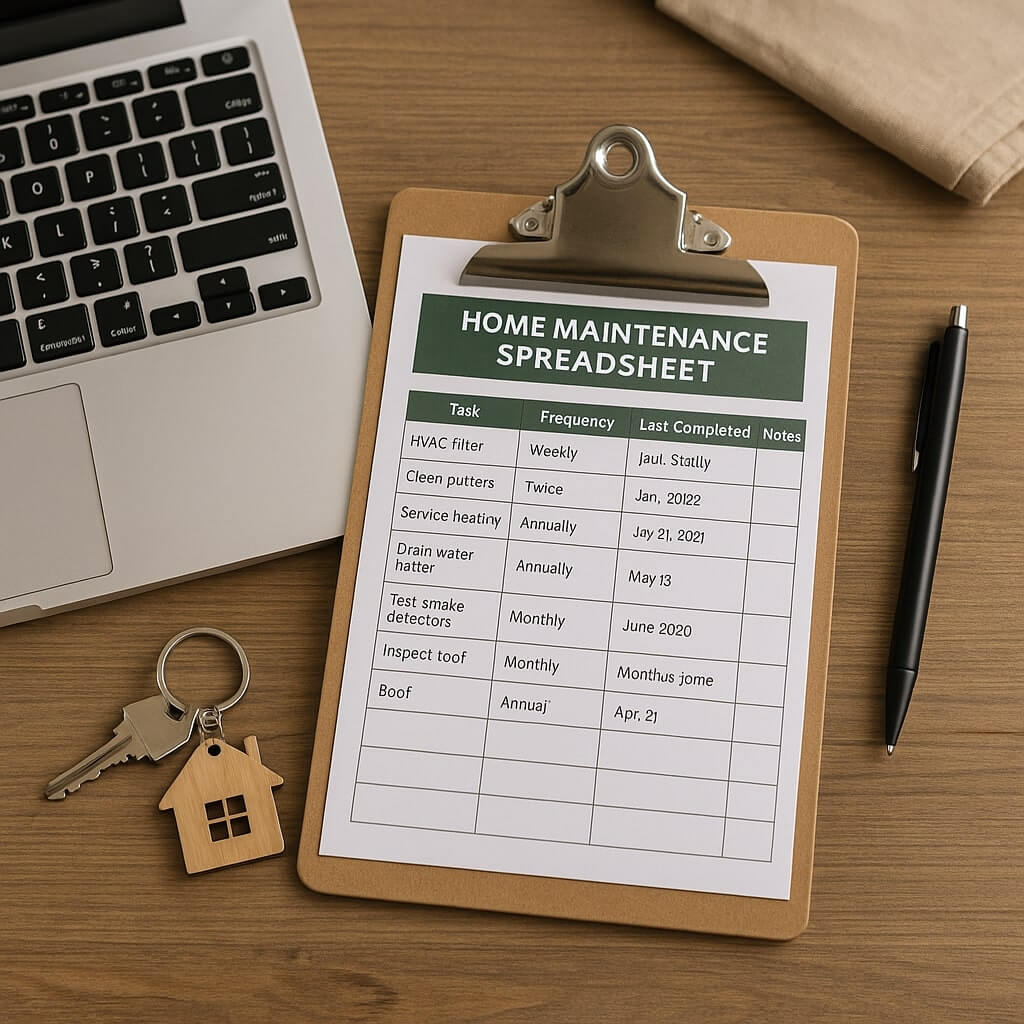Maintaining your home swimming pool isn’t just about filling it with water; it requires a systematic approach to guarantee safety and enjoyment. From testing water chemistry to skimming the surface regularly, each task plays a vital role in pool upkeep. Neglecting these responsibilities can lead to issues that might not be immediately visible. Let’s explore the essential tips that can streamline your maintenance routine and improve your pool’s overall condition.
Key Takeaways
- Regularly test and balance pool water chemistry to ensure safe swimming and prolong equipment life.
- Skim the pool surface daily and vacuum weekly to maintain cleanliness and prevent algae growth.
- Monitor and adjust water levels to account for evaporation and prevent overflow after rainstorms.
- Clean and maintain pool filters every 4-6 weeks to ensure clear water and extend filter lifespan.
- Establish a consistent cleaning schedule tailored to pool usage for optimal hygiene and water quality.
Test and Balance Pool Water Chemistry

To maintain a safe and enjoyable swimming environment, it’s essential that you regularly test and balance your pool water chemistry.
Begin by using a reliable water testing kit to analyze pH, chlorine, alkalinity, and calcium hardness levels. Aim for a pH of 7.2 to 7.8 and chlorine levels between 1-3 ppm.
Use a reliable testing kit to check pH, chlorine, alkalinity, and calcium hardness, aiming for optimal levels for safe swimming.
If your results are off, adjust the chemical balance accordingly. For example, add pH increaser or decreaser to stabilize levels.
Regular water testing not only guarantees swimmer safety but also extends the life of your pool equipment, preventing costly repairs.
Stay diligent, and your pool will remain crystal clear and inviting.
Regularly Skim and Clean the Pool Surface
Maintaining proper water chemistry is only part of the equation when it comes to pool upkeep.
Regularly skimming and cleaning the pool surface is essential for ideal hygiene and aesthetics. Use effective skimming techniques, such as a fine mesh net, to remove surface debris like leaves, insects, and dirt. Aim to skim daily, especially during heavy debris seasons.
Additionally, consider using a pool vacuum or robotic cleaner to address any remaining particles that settle at the bottom. By keeping the surface clean, you prevent algae growth and enhance water clarity, ensuring a safe and enjoyable swimming experience.
Maintain Proper Water Levels
To maintain ideal pool performance, you need to monitor water levels regularly.
Evaporation can considerably reduce the water volume, so adjust accordingly, especially during hot weather.
Additionally, check levels after rainstorms, as excess water may require drainage to prevent overflow.
Monitor Water Levels Regularly
Regularly monitoring water levels is essential for ideal pool maintenance. Consistent checks help you identify water level fluctuations that can affect your pool’s chemical balance and filtration system.
Factors such as evaporation due to sun exposure, wind, and temperature changes can lead to significant water loss. By keeping an eye on the levels, you can proactively address any discrepancies before they escalate, ensuring peak performance of your pool equipment.
Use a marked stick or a pool skimmer to gauge water levels accurately. Remember, maintaining proper water levels not only enhances the swimming experience but also prolongs the life of your pool amenities.
Adjust for Evaporation
Water loss due to evaporation is a common issue that pool owners must address to maintain perfect water levels.
Implementing effective evaporation solutions not only enhances your swimming experience but also promotes water conservation.
Here are a few strategies to take into account:
- Use a pool cover to minimize exposure to the sun and wind.
- Install windbreaks like fences or landscaping to reduce airflow over the water surface.
- Maintain ideal water temperature by using a heater or chiller, which can help reduce evaporation rates.
Check During Rainstorms
While enjoying the benefits of your swimming pool, don’t overlook the importance of checking water levels during rainstorms. Excess rainwater can greatly impact your pool’s balance, diluting chemicals and potentially leading to algae growth.
After a storm, inspect for storm debris, which can clog filters and disrupt circulation. Adjust water levels if needed; too much rain can cause overflow, while insufficient levels can damage your pump.
Regularly test water chemistry after rainfall to verify it remains balanced. By maintaining proper water levels, you protect your investment and guarantee a safe swimming environment.
Clean and Maintain Pool Filters
To guarantee your swimming pool remains clean and safe, you must prioritize the maintenance of your pool filters.
Different filter types—cartridge, sand, and diatomaceous earth—require specific care routines.
Consider these maintenance frequency guidelines:
- Cartridge filters: Clean every 4-6 weeks, depending on usage.
- Sand filters: Backwash every 4-6 weeks; replace sand every 3-5 years.
- Diatomaceous earth filters: Clean and recharge every 4-6 weeks, ensuring peak performance.
Regular maintenance of your filters not only prolongs their lifespan but also guarantees your pool water stays crystal clear and free of contaminants.
Schedule Routine Vacuuming
To keep your pool clean and inviting, you need to schedule routine vacuuming.
Start by choosing the right vacuum for your pool type, whether it’s manual, automatic, or robotic.
Establish a cleaning schedule based on pool usage and debris accumulation to guarantee peak cleanliness and water quality.
Choose the Right Vacuum
Choosing the right vacuum for your swimming pool is essential for maintaining clean and clear water.
You’ll want to take into account both robotic vacuums and manual vacuums based on your needs.
- Robotic vacuums: These offer automated cleaning, saving you time and effort.
- Manual vacuums: They give you control, allowing for targeted cleaning in specific areas.
- Hybrid options: Some models combine features of both for versatility.
Evaluate your pool size, debris type, and cleaning frequency to select the best vacuum.
With the right choice, you’ll guarantee your pool remains inviting and well-maintained all season long.
Set a Cleaning Schedule
Establishing a consistent cleaning schedule for your pool not only guarantees ideal water quality but also prolongs the life of your equipment.
Determine an appropriate cleaning frequency based on usage and debris levels—typically, vacuuming once a week suffices.
Use quality maintenance tools like a pool vacuum, skimmer, and brush to guarantee thorough cleaning.
Don’t forget to check and clean the filter regularly, as it plays an essential role in maintaining water clarity.
Inspect and Maintain Pool Equipment
As you prioritize the longevity and efficiency of your swimming pool, regular inspection and maintenance of the equipment become essential tasks.
Focus on these key areas:
- Pump maintenance: Check for leaks and guarantee ideal flow; clean the strainer basket regularly.
- Heater inspection: Verify that the unit ignites properly and inspect for corrosion or wear.
- Filter assessment: Monitor pressure gauges and clean or replace filters as needed.
Cover Your Pool When Not in Use

Covering your pool when it’s not in use can greatly reduce maintenance efforts and enhance safety.
Various pool cover types, such as safety covers, solar covers, and winter covers, serve specific purposes. Safety covers protect against accidental falls, while solar covers help retain heat and reduce evaporation.
Each of these benefits covers can considerably lower debris accumulation, minimizing the need for frequent cleaning. Additionally, using a cover can help maintain water chemistry, saving you time and money on chemicals.
Conclusion
By following these essential tips for home swimming pool maintenance, you can guarantee a safe and enjoyable swimming environment. Regularly testing and balancing water chemistry, skimming the surface, and maintaining proper water levels are vital for peak pool performance. Don’t forget to clean your filters and schedule routine vacuuming to keep the water clear. Inspecting your equipment and using a cover when the pool’s not in use will extend its lifespan, making your investment worthwhile.




